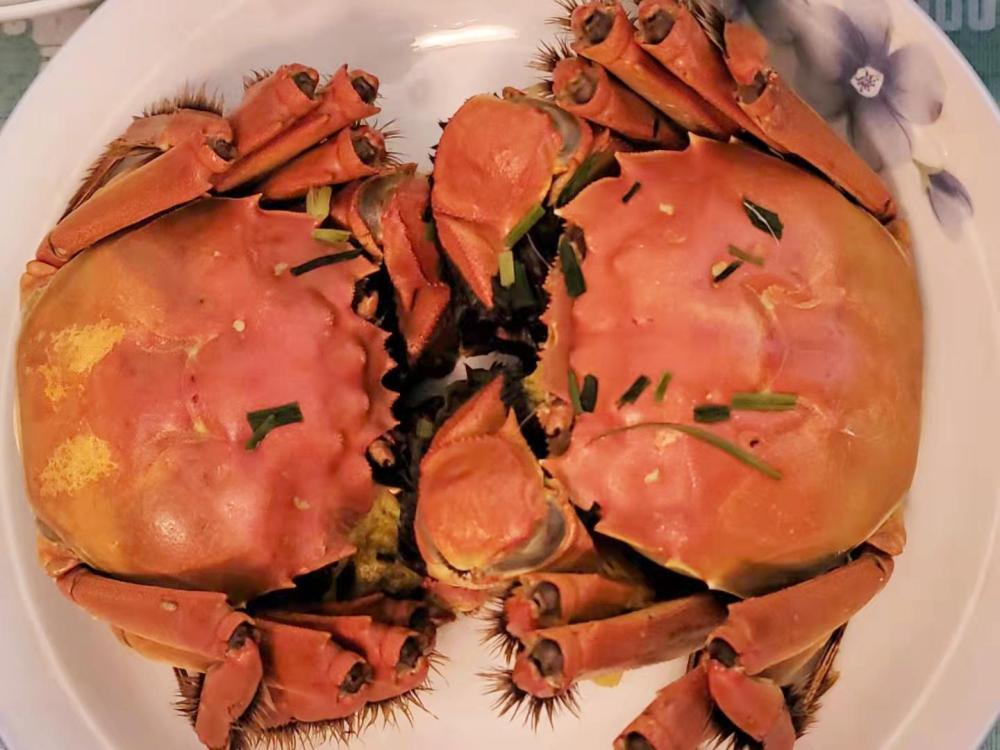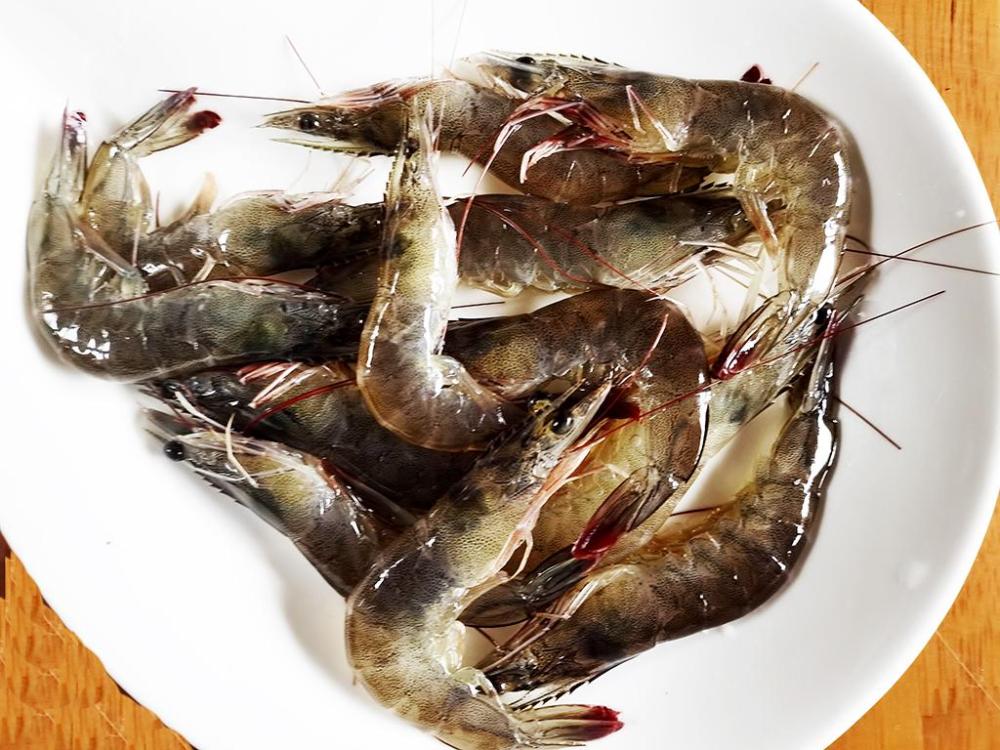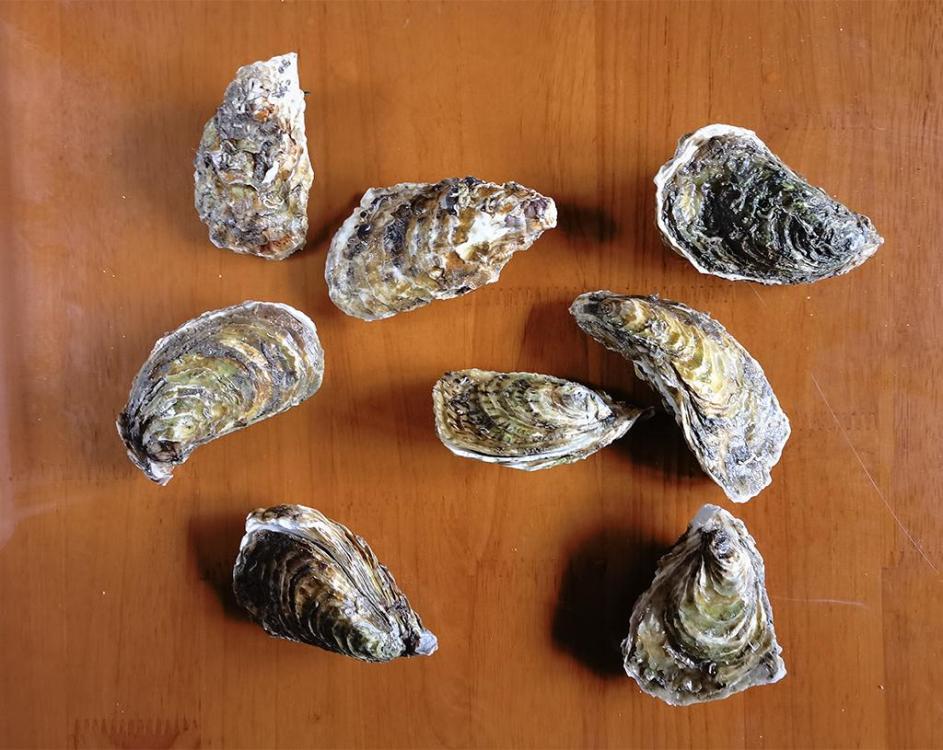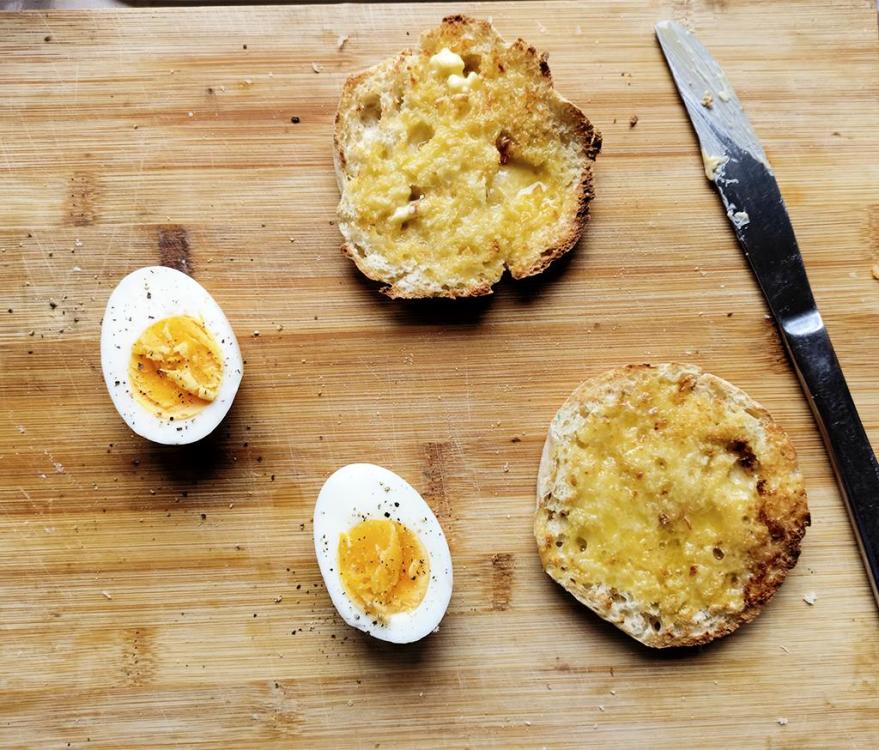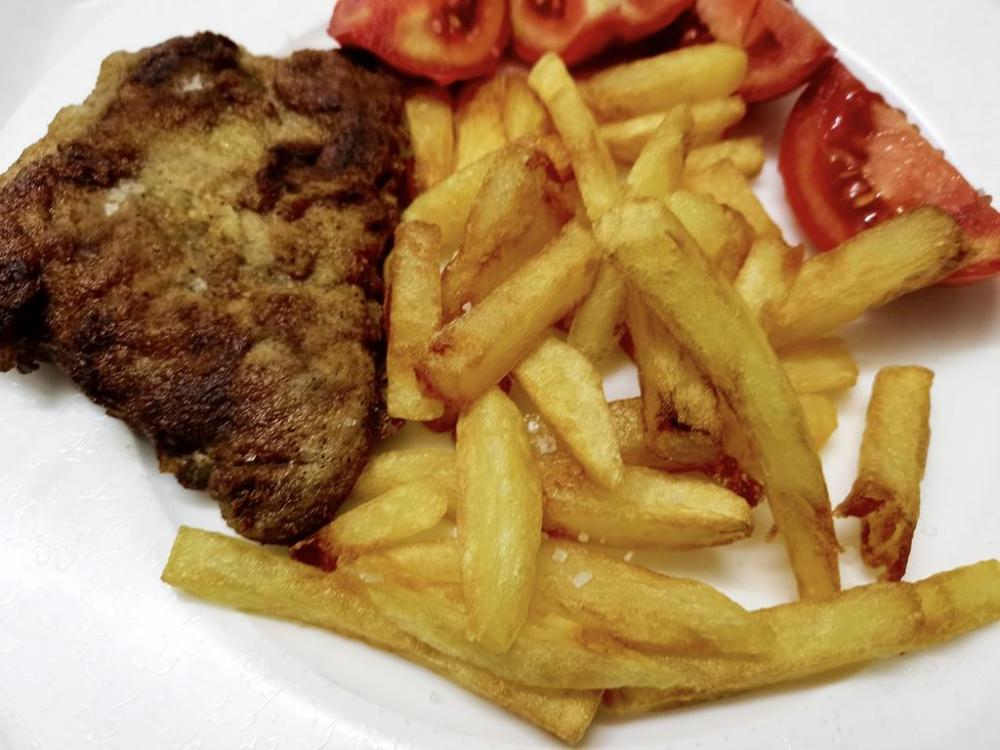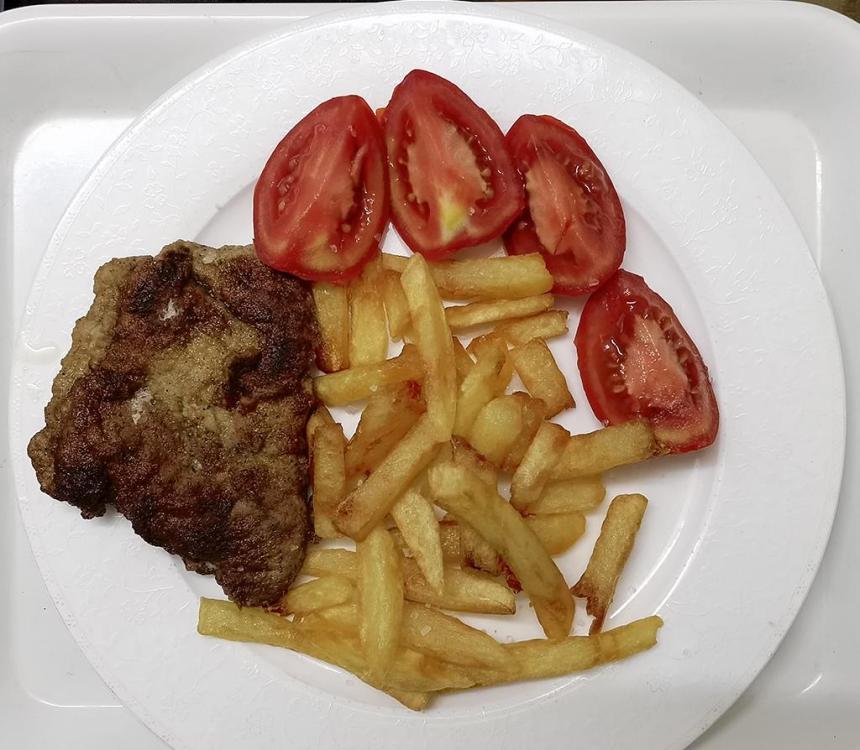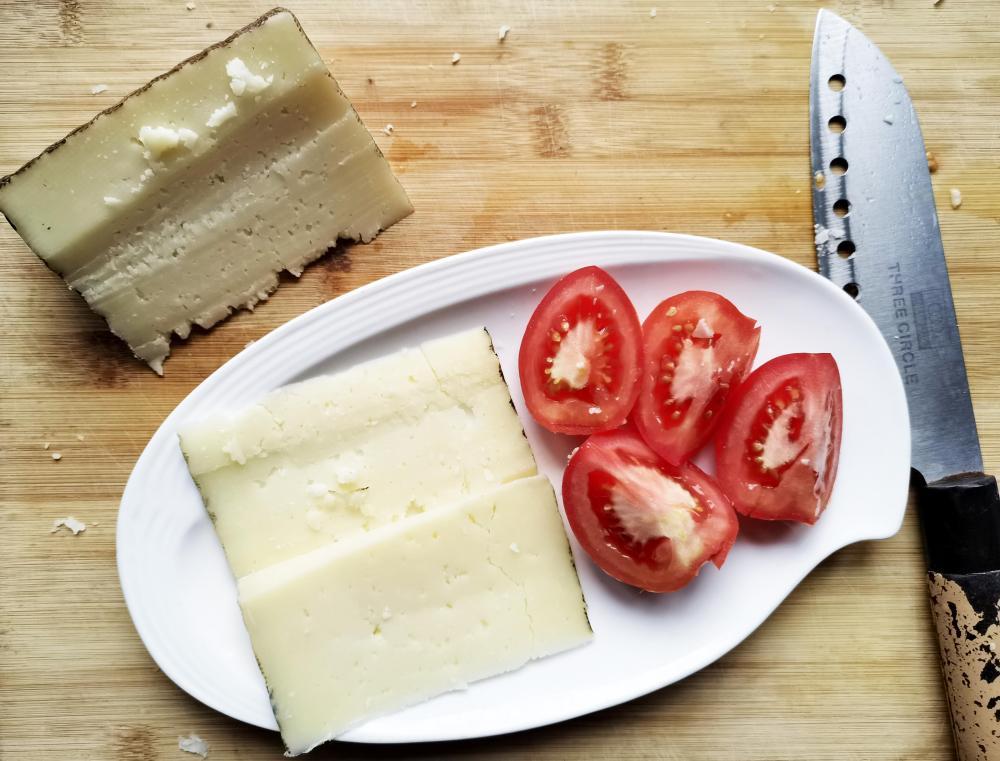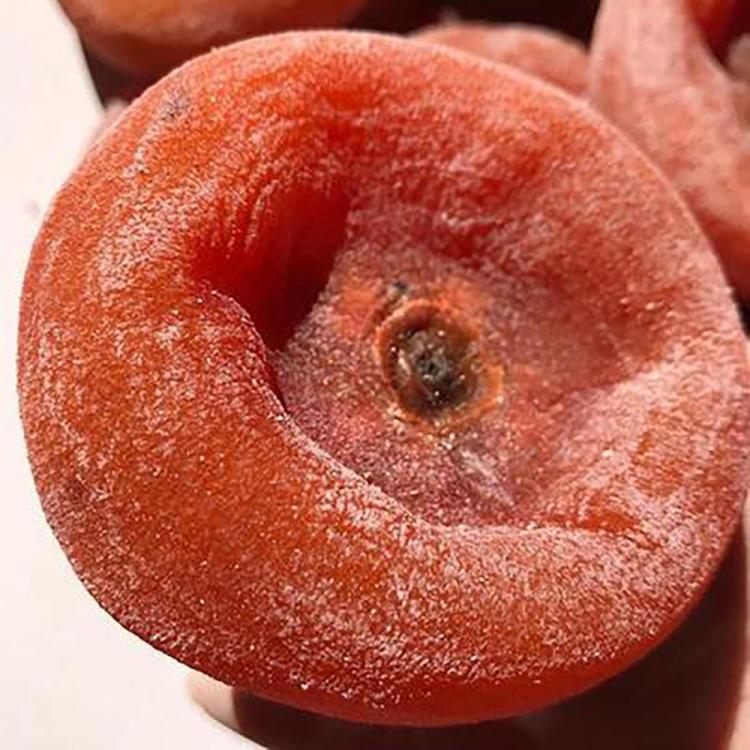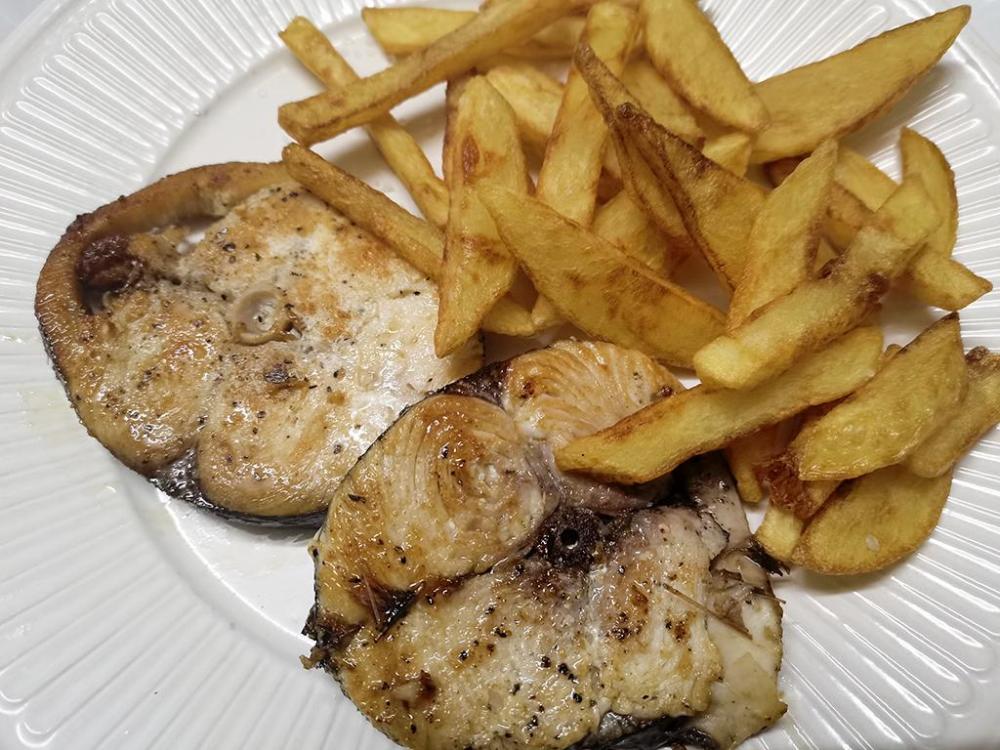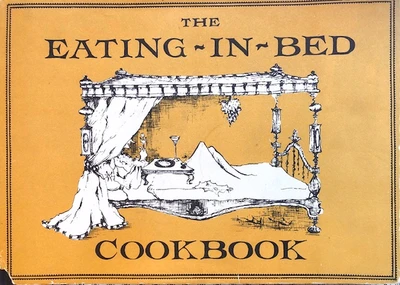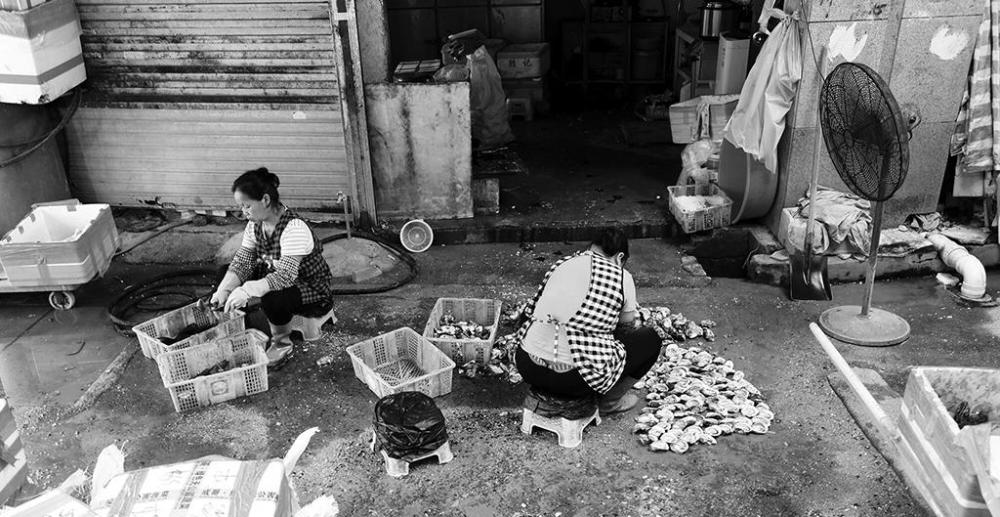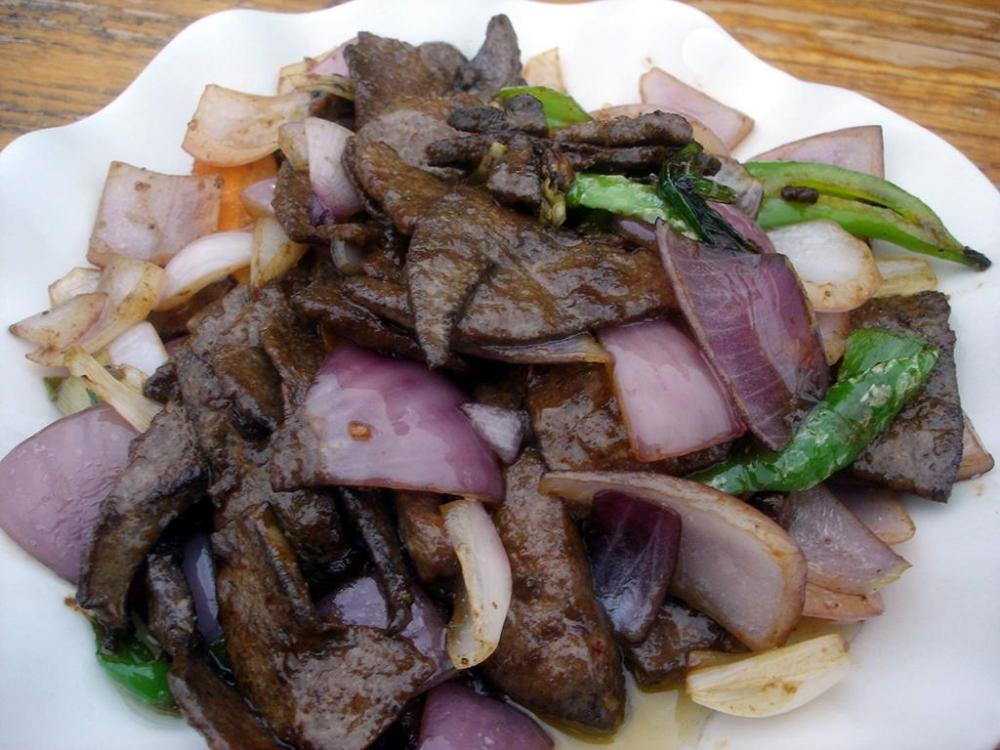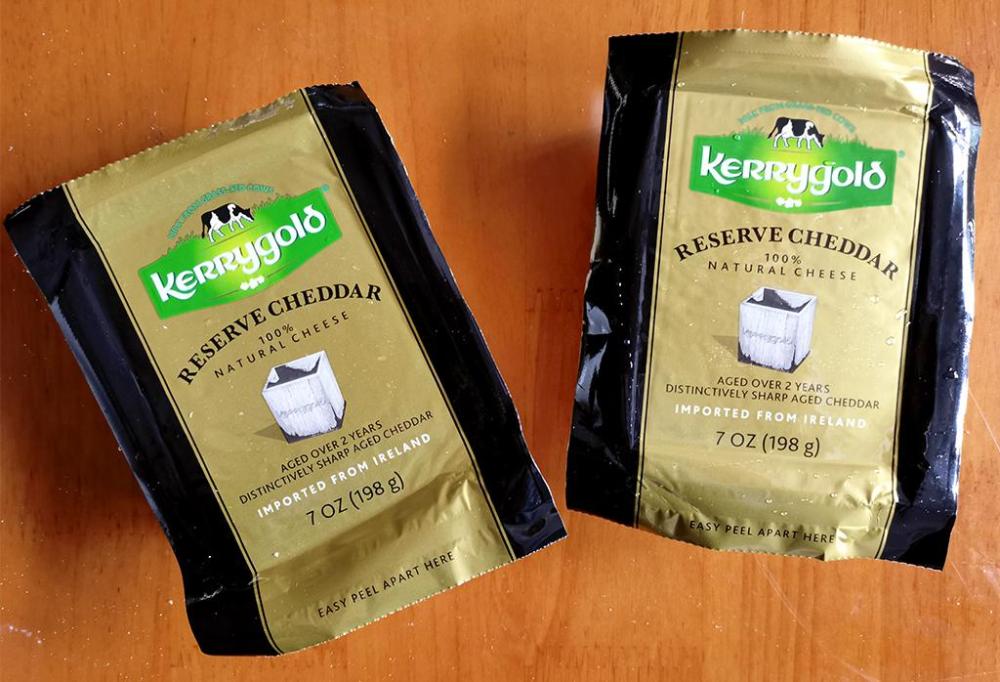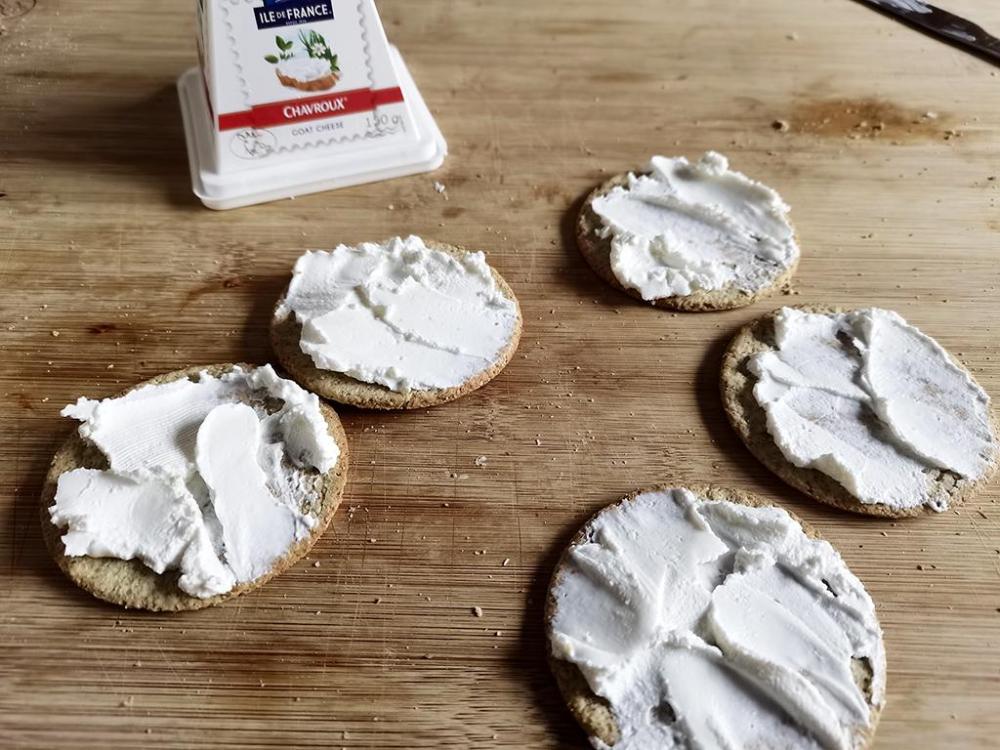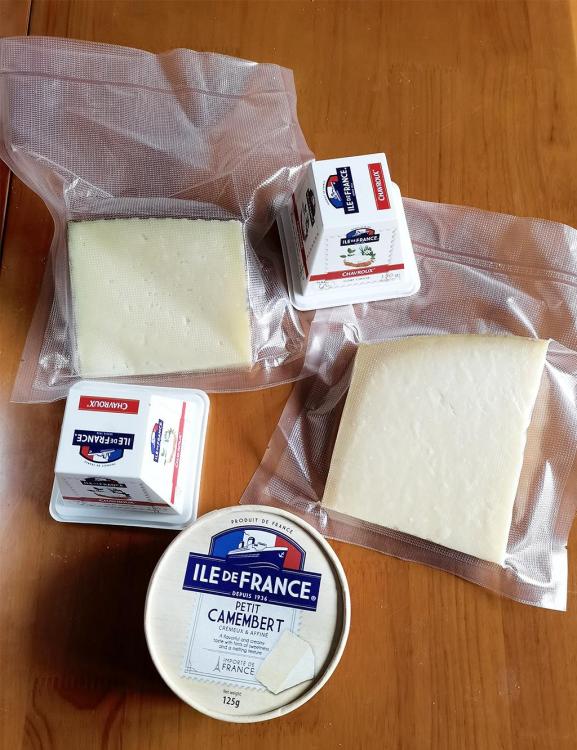-
Posts
16,661 -
Joined
-
Last visited
Content Type
Profiles
Forums
Store
Help Articles
Everything posted by liuzhou
-
It also has the offensive meaning in the UK and Ireland. Most of my antipodean acquaintances talk about samwiches and samiches, which I thought meant the same, but according to this they are different - slightly. In Russian sambo is a kind of martial art something like a cross between sumo wrestling and karate.
-
Dinner tonight didn't happen as planned. I went on a seafood hunt this afternoon intending to do something undecided for dinner, but someone called me and asked to meet over a meal. This was from someone who has pushed a lot of business my way over the last few years so I couldn't really refuse. The seafood can wait until tomorrow. I didn't live this long by not knowing how to safely hold fresh seafood over till next day. They were all alive when I got back from the market. The crab and oysters still are; the shrimp, alas, have gone to shrimpy heaven and been respectfully buried in my fridge. Breakfast should be interesting. The food at dinner with my contact was edible if uninteresting, but I did end up with a reasonably lucrative contract for the next year. That'll pay for a good few noodles and beer! Red Crab Oysters They were still alive when I took the picture, but clearly relaxing!
-
I'm not much of a burger person but I'd throw old ladies and children out of the way to get to some of those fries / chips!
-
I would have tweaked that recipe, too. Just as you have done. It isn't very good as it stands. Chicken wings? No way! Yes. 新疆线椒 (xīn jiāng xiàn jiāo) and Kashmiri chilli are indistinguishable if not identical. I buy Kashmiri chilli - never seen xianjiao.
-
The breading containing Chinese spices such as Sichuan peppercorns, star anise, fennel, cumin, chilli etc. It's a supermarket mix. They don't call it schnitzel, of course. I made that one up, but it's kind of an accurate description, I think.
-
I'm pretty sure some of your posts have been highlighted there. There is also a Facebook page. Perhaps more.
-
Chinese pork schnitzel with triple-cooked chips and tomatoes. I'm painfully aware that is very similar to the mackerel and chips I posted just a few days ago, but in my current one-handed state it's easier to repeat something tried and tested rather then go hungry.
-
Wow! Many thanks to whoever has taken over David Ross's responsibility for maintaining the eG Twitter feed. I was very surprised to see this pop up a moment ago, especially as it has no images.
-
Way back in the 1990’s, I was living in west Hunan, a truly beautiful part of China. One day, some colleagues suggested we all go for lunch the next day, a Saturday. Seemed reasonable to me. I like a bit of lunch. “OK. We’ll pick you up at 7 am.” “Excuse me? 7 am for lunch? “Yes. We have to go by car.” Well, of course, they finally picked me up at 8.30, drove in circles for an hour trying to find the guy who knew the way, then headed off into the wilds of Hunan. We drove for hours, but the scenery was beautiful, and the thousand foot drops at the side of the crash barrier free road as we headed up the mountains certainly kept me awake. After an eternity of bad driving along hair-raising roads which had this old atheist praying, we stopped at a run down shack in the middle of nowhere. I assumed that this was a temporary stop because the driver needed to cop a urination or something, but no. This was our lunch venue. We shuffled into one of the two rooms the shack consisted of and I distinctly remember that one of my hosts took charge of the lunch ordering process. “We want lunch for eight.” There was no menu. The waitress, who was also the cook, scuttled away to the other room of the shack which was apparently a kitchen. We sat there for a while discussing the shocking rise in bean sprout prices and other matters of national importance, then the first dish turned up. A pile of steaming hot meat surrounded by steaming hot chillies. It was delicious. “What is this meat?” I asked. About half of the party spoke some English, but my Chinese was even worse than it is now, so communications weren’t all they could be. There was a brief (by Chinese standards) meeting and they announced: “It’s wild animal.” Over the next hour or so, several other dishes arrived. They were all piles of steaming hot meat surrounded by steaming hot chillies, but the sauces and vegetable accompaniments varied. And all were very, very good indeed. “What’s this one?” I ventured. “A different wild animal.” “And this?” “Another wild animal.” “And this?” “A wild animal which is not the wild animal in the other dishes” I wandered off to the kitchen, as you can do in rural Chinese restaurants, and inspected the contents of their larder, fridge, etc. No clues. I returned to the table with a bit of an idea. “Please write down the Chinese names of all these animals we have eaten. I will look in my dictionary when I get home.” They looked at each other, consulted, argued and finally announced: “Sorry! We don’t know in Chinese either. “ Whether that was true or just a way to get out of telling me what I had eaten, I’ll never know. I certainly wouldn’t be able to find the restaurant again. This all took place way back in the days before digital cameras, so I have no illustrations from that particular meal. But I’m guessing one of the dishes was bamboo rat. No pandas or tigers were injured in the making of this post
-
Yippee! A foot!
-
-
I thought persimmons were the only fruit I've encountered that I really don't like. Then recently, I accidentally ate a dried persimmon, a highly popular snack round here. That I did like, so I revisited the fresh type. Still didn't like it, at all. But I've been buying the dried ones ever since. Dried Persimmon
-
This isn't meant to be a joke, but given my recent purchases, I found it amusing. The ‘World’s-First’ Cheese Board Bath Rack Full story here. All I need is that and a bathtub! They don't seems to do a model for the shower!
-
Thanks. Yes, still one handed, but I can now use the broken one as a dead weight to steady things.
-
Mackerel steaks pan-fried with mirin and litsea oil to finish. Triple cooked chips. There was a salad to the side.
-
I don't know if this is a book or a booklet; Ive only seen the cover and that it's from 1962. But I know I want a copy! Avaiable in limited quantites from Omnivore Books, San Francisco.
-
Oyster Shuckers in Liuzhou Seafood Market This link leads to a Chinese poem by 梅尧臣 (méi yáo chén) titled ' 食蚝 (shí háo)', 'Eating Oysters'. It has been translated and annotated by a local friend who is a professional translator, currently visiting France.
-
It is labelled 米酒 - rice wine, yes, but I don't know the brand, sorry.
-
-
-
Given that 'glug' has been in use since the 14th century, while 'crappy' is only 19th century, I think that battle is lost. I agree there is a lot of terrible food writing about. It's called the internet.
-
Yet even websites that should know better repeat the myth. It isn't just YouTube. The Woks of Life, The Spruce Eats etc.
-
Online shopping deliveries today. I've been planning to order this stuff for a while, but the weather has been too hot for months. It takes two to three days for deliveries to come from Shanghai and I didn't want fondue to arrive! This week it has cooled down a lot, so I took the tumble. From the top at 12 noon then going clockwise is goat's milk Chevroux from France; real Parmigiano-Reggiano from Italy; Camembert from France; More Chevroux (I only ordered and paid for one, but two arrived. Do you hear me complaining?); and finally some Manchego from Spain (real Manchego from sheep's milk). There is some Irish cheddar on the way, too. Maybe that will arrrive tomorrow.
- 755 replies
-
- 11
-




